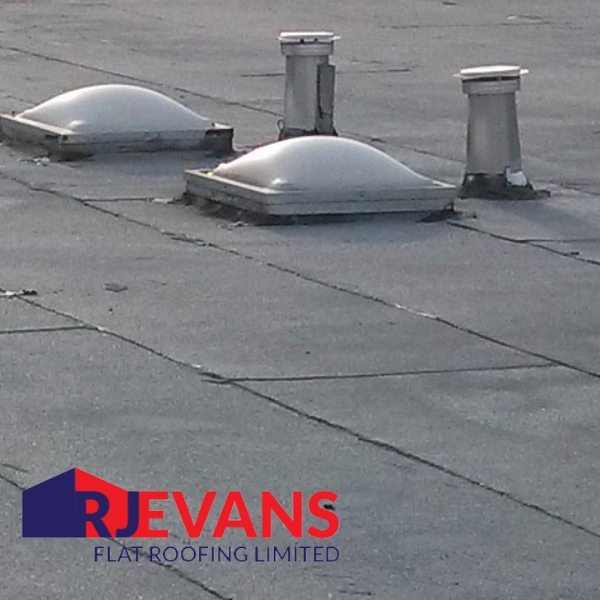I agree Our site saves small pieces of text information (cookies) on your device in order to deliver better content and for statistical purposes. You can disable the usage of cookies by changing the settings of your browser. By browsing our website without changing the browser settings you grant us permission to store that information on your device.

When excess moisture gets inside a building, it can wreak havoc on everything inside. It can lead to the development of mould and mildew. Even worse, it can cause structural damage. This situation is especially true for roof spaces, which is why proper ventilation is critical to maintaining a safe and healthy environment.
Heat naturally rises. This fact is something everyone learns in science class (1). It will carry with it any moisture which is in the air. Eventually, this warm, moist air reaches the roof space. If the air on the roof is cooler, it will cause this warm air to condensate, forming droplets that either rest on the roof beams or drip down inside the building.
To alleviate this problem, adequate roof ventilation needs to be in place. It will allow this warm, moist air to freely pass out of the roof space before it has the chance to form this harmful condensation.
Unfortunately, moisture in the roof space can come from several different sources. Some are unavoidable, but all can be remedied with the appropriate ventilation system. Understanding exactly what is causing the moisture is the first step in eliminating it.
The most common cause of roof space moisture is household activities. While many homeowners may not consider their bathroom as the source of moisture in their roof space, it is a leading source. Showers cause a significant increase in humidity within the home. This humidity naturally rises to the highest point, which is the roof space.
Additionally, cooking and drying laundry can increase indoor moisture. Despite having vents in all locations where these activities occur, proper ventilation in the roof space is still necessary to ensure that what is not eliminated does not linger and create condensation.
Another cause of moisture is the physical building materials. In newly built homes or those that have just had remodels completed, many new building materials are present. These items can take years to completely dry out, leading to excess moisture in the home’s air until that happens.
While a roof is primarily on a home to keep it safe from the elements, sometimes moisture can get inside because of weather conditions. These conditions can range from heavy rainstorms to excessively high humidity.
When homeowners notice they have a roof leak, they must get their roof repaired as soon as possible to prevent moisture from entering the roof space. However, adequate ventilation will avoid the build-up of unwanted humidity and moisture within the roof space, keeping it free from condensation and water damage.
As regulations have changed and building materials have improved, homes have become more energy efficient. The problem with this is how airtight they have also become. The goal is to keep as much energy within the home as possible, reducing the occupants’ carbon footprint.
Unfortunately, it is not just the energy that gets trapped. Insulation is excellent at maintaining indoor temperatures but is also equally great at preventing moisture-laden air from escaping. This moisture can cause mold to grow, decreasing indoor air quality and causing severe health problems among the occupants (2).
The key to fixing this is installing proper flat roof space ventilation. It will maximize the release of moisture-filled air while maintaining the home’s energy efficiency.
Ventilation for flat roofing comes in various options. It is essential to have the right kind installed for a flat roof, as it will vary from the ventilation options for a pitched roof. Some of the more commonly used flat roof vents include the following:
• Pop vent: This mechanical option uses a fan to move hot air from inside the roof space to outside while moving cooler air inside.
• Boot vent: This basic option involves using a pipe through the roof with a rubber boot around it. The main problem with this type of vent is its tendency to crack under extreme temperature changes.
• Soffit vent: Soffit vents bring in cool air and are strictly intake vents. They work well in combination with boot vents to circulate the hot, moist air out of the roof space.
Some flat roof vent types are more effective than others, but may require more maintenance to remain in working order. Other types are intake or outtake only, requiring a flat roof vent of the opposite type to make it fully functional.
We hope this blog post has helped you understand more about ventilation for flat roofing. If you would like any more information about ventilation for flat roofs, you can contact us on 01277 375 511 or get in touch via our contact form. One of our friendly team of experts will be delighted to help.